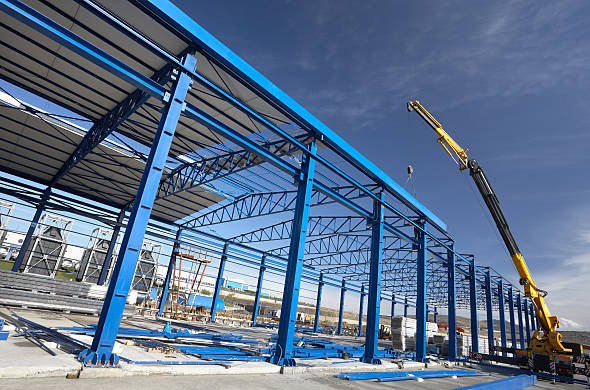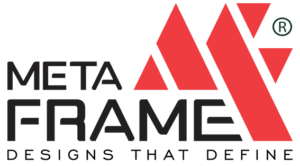Metaframes fabrication, erection, and design engineering support solutions
What are some concerns of Steel Fabrication?

Steel fabrication, while offering numerous benefits, also comes with several concerns and challenges that need to be addressed to ensure successful project outcomes. Some of these concerns include:
1. Quality Control:
Material Quality: Ensuring that high-quality steel is used is crucial for the durability and safety of the structure.
– Fabrication Precision: Inaccuracies in cutting, welding, and assembling steel components can lead to structural issues and misalignment during construction.
2. Cost Management:
– Budget Overruns: Unanticipated costs can arise from material price fluctuations, design changes, or delays.
– Waste Reduction: Inefficient use of materials can lead to waste, increasing project costs.
3. Skilled Labor Shortage:
– Qualified Workforce: Finding and retaining skilled fabricators, welders, and engineers can be challenging, impacting the quality and timeline of the project.
4. Safety Concerns:
– Workplace Hazards: Steel fabrication involves heavy machinery, high temperatures, and hazardous materials, posing significant safety risks to workers.
– Compliance with Safety Standards: Ensuring compliance with safety regulations and standards is essential to prevent accidents and legal issues.
5. Environmental Impact:
– Resource Consumption: Steel production and fabrication consume significant resources and energy, contributing to environmental degradation.
– Waste Management: Proper disposal and recycling of steel waste are critical to minimizing environmental impact.
6. Project Management:
– Coordination and Scheduling: Effective coordination between different stages of fabrication and construction is essential to avoid delays.
– Communication: Clear communication among project stakeholders is necessary to ensure that design specifications and project requirements are met.
7. Design and Engineering Challenges:
– Complex Designs: Fabricating complex or customized designs can be challenging and require advanced technical expertise.
– Structural Integrity: Ensuring that the fabricated components meet the required structural integrity and load-bearing capacity is crucial for safety.
8. Technological Advancements:
– Keeping Up with Technology: Staying updated with the latest fabrication technologies and methods can be challenging but is necessary to remain competitive.
– Integration of Automation: Implementing automation and advanced machinery can improve efficiency but requires significant investment and training.
9. Supply Chain Issues:
– Material Availability: Fluctuations in the availability of raw materials can cause delays and cost increases.
– Logistics: Efficient transportation and handling of large steel components are necessary to avoid damage and ensure timely delivery.
10. Regulatory Compliance:
– Building Codes and Standards: Compliance with local building codes and industry standards is essential to avoid legal issues and ensure safety.
– Environmental Regulations: Adhering to environmental regulations and obtaining necessary permits can be time-consuming and complex.
11. Maintenance and Durability:
– Corrosion Resistance: Protecting steel from corrosion through proper coatings and treatments is essential for long-term durability.
– Regular Maintenance: Ensuring that the fabricated structure is regularly maintained to prevent deterioration and ensure safety.
By addressing these concerns through careful planning, quality control measures, skilled labor, safety protocols, and effective project management, the challenges associated with steel fabrication can be mitigated, leading to successful and durable structures.
